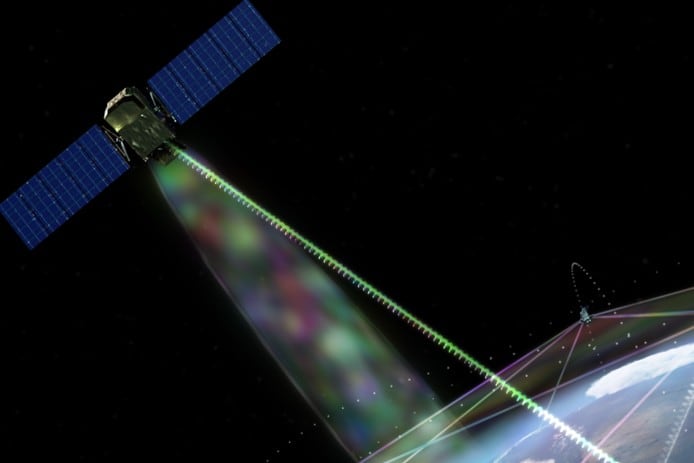Recently, the Russian Federation conducted a successful missile launch that destroyed a defunct Kosmos electronic intelligence satellite. This demonstration of precision targeting by a ground-based anti-satellite weapon was widely decried due to its generation of a debris cloud that crossed paths with the orbit of the International Space Station. However important the threat to astronauts, cosmonauts and other satellites in low Earth orbit, the fact of the matter is that this event is not the first time such an ASAT demonstration has been made. Since 2007, China and Russia have both demonstrated their kinetic ASAT technologies. This has been a known problem for more than a decade, and yet the U.S. Space Force and its warfighting counterpart, U.S. Space Command, still lack credible options to deter and defeat ASAT attacks across all orbital regimes. This is a must do; the alternative would be to leave our nation’s vital space assets vulnerable to attacks that would affect nearly every part of our modern way of life.
Unfortunately, the Department of Defense still appears to be stuck in a legacy mindset that is focused more on the impact to other space systems created by the post-attack debris generation rather than the fact that China and Russia can attack our vital space systems at will using their kinetic and non-kinetic weapons.
This recent test is a great opportunity for U.S. Space Command and the Department of Defense to articulate to Congress the requirement for weapons systems that can credibly deter and win wars in its “100 kilometers and up” area of responsibility. The focus on norms of responsible behavior and international shaming is an area better served by State Department actions.
Credible deterrence requires kinetic and non-kinetic weapons systems, political will to use those weapons, and the clear communication of a specified threat of a forcible response linked to a specific action like an attack that the U.S. wants to prevent.
RELATED

The armed forces and the communication behind the threat must be credible in the mind of the adversary. That means they must be capable of winning after an adversarial attack or, better yet, capable of preventing the attack in the first place by actively defending against an attack and denying an enemy any benefits from it. Having a known, credible capability; communications of intent; and the political will to use them presents the U.S. president with military options that are currently unavailable.
The recent Department of Defense report on China indicates that Beijing is “growing all aspects of its ... military space applications [including] counterspace capabilities [such as] direct ascent, co-orbital, electronic warfare, and directed energy capabilities ... that can contest or deny an adversary’s access to and operations in the space domain.” These actions are supported by China’s unique view of deterrence in space. China believes that to deter an attack in, from and to space, its military must have the means to defeat opponent’s space forces and related infrastructure.
China’s “attack to deter” warfighting doctrine extends past the U.S. concept that space warfare is primarily a matter of countering non-kinetic jamming and other reversible threats. Instead, China is developing the capabilities, forces and tactics to launch “rapid and destructive” actions against space targets — and doing so in a way that all the world can see.
In short, China has the ASAT capabilities, has the political will to use them and is communicating both by demonstrating its key weapons systems.
Russia also was not a supporter of the United Nations norms group and has continued to conduct weapons tests in orbit such as the deployment and demonstration of kinetic ASAT missiles. As the Office of the Director of National Intelligence report this year stated, “Russia continues to ... field new anti-satellite (ASAT) weapons to disrupt and degrade U.S. and allied space capabilities.” Clearly, Russia is not deterred from continuing its buildup of capabilities to fight in the high ground of space, and is moving rapidly to demonstrate this to the United States and its allies.
It is time for the United States to move beyond the strategic restraint posture coupled with the international shaming response to such ASAT testing events. The fact is, China and Russia are intent on creating a new norm where ASAT kinetic weapons testing is a key component of their deterrence and warfighting strategies. The U.S. must leverage its military institutions, like U.S. Space Command, to credibly communicate these acts are not acceptable. The best way to do this is to develop our own capabilities to deter and defeat attacks against our vital civilian and military assets in space.
Christopher M. Stone is a senior fellow for space studies at the Mitchell Institute’s Spacepower Advantage Research Center. He previously served as special assistant for space policy in the Office of the Secretary of Defense at the Pentagon.








